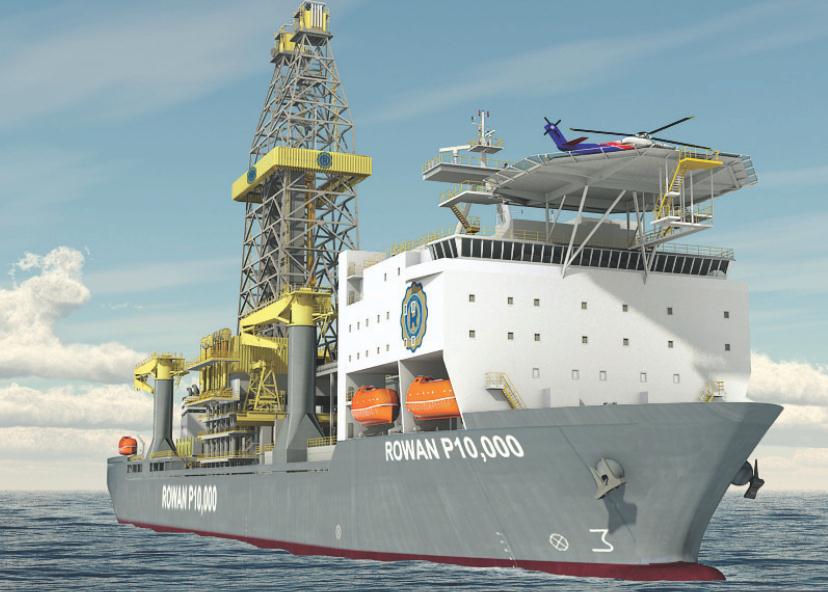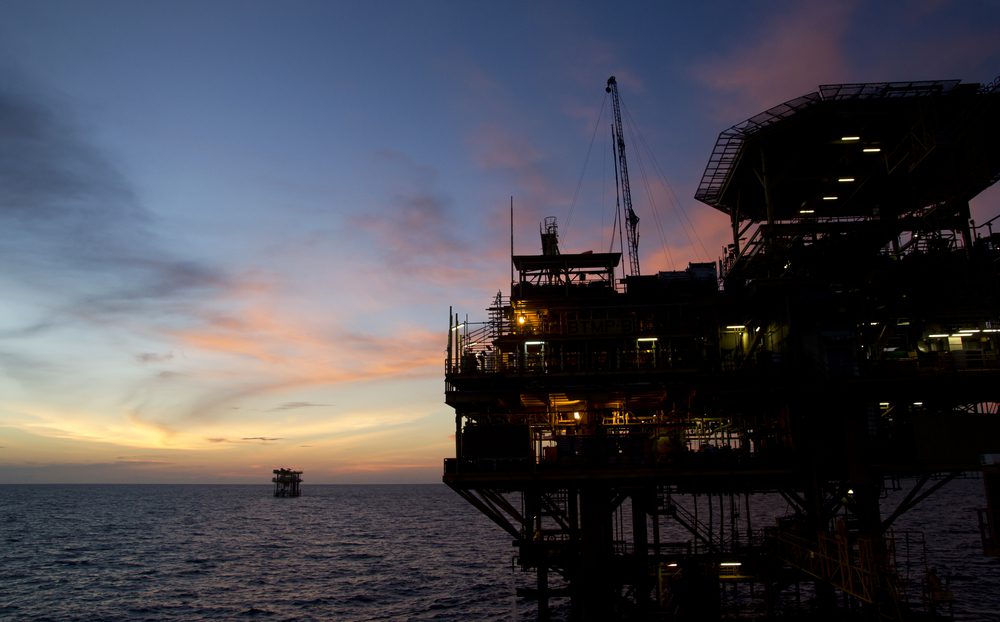 By Alison Sider
By Alison Sider
HOUSTON–Shallow-water driller Rowan Drilling Company (RDC) is stepping in the deepwater, a move that it expects will boost profits and make it a long-term player in the hottest oil fields in the world.
Rowan will get its first four ultra-deepwater drillships later this year, with at least three more to come in 2014 and 2015. In a way, timing couldn’t be better: drilling companies can’t bring new deepwater vessels online fast enough, and the cost of renting one has shot up to nearly $700,000 a day off the west coast of Africa and can run as much as $650,000 in the Gulf of Mexico. But the company is also delving in an area that is dominated by long-established players that are also building scores of new drillships.
Rowan’s transformation, which has taken years, underscores the allure of giant deepwater discoveries around the world. All that activity is prompting a major fleet upgrade in the offshore drilling industry, with about 100 floating rigs–equivalent to about 30% of the existing global fleet–already ordered and more to come, Barclays analyst James West said.
“There’s more areas that are opening up every day for deepwater. Every country around the world that has a coastline” wants to get in on the boom, he said.
Barclays estimates the four ultra-deepwater rigs will account for 30% to 40% of Rowan’s net income when they are all operational, Mr. West said. Barclays is expecting Rowan’s earnings before taxes, interest, depreciation and amortization will jump 54% next year, with much of the increase driven by ultra deepwater. In the first nine months of the year, Rowan earned $132.7 million.
Suzanne Spera, Rowan’s director of investor relations, said she couldn’t speculate how much the drillships would add to Rowan’s profits.
“We definitely feel like the earnings capability of our fleet should grow as we add the drillships,” she said in an interview.
Until now, Rowan’s offshore operations have been in shallower waters with a fleet of high-end jackup rigs. Deepwater operations present a host of new technical and regulatory challenges–Rowan will have to bring in about 800 people in to staff its drillships when they are ready. Rowan now has close to 3,000 employees.
But the company’s deepwater move has been in the works since Chief Executive Matt Ralls came on in 2009 from GlobalSantaFe Corp., an offshore driller that merged with Transocean in 2007.
Rowan sold its land drilling division in 2011 for $510 million in cash, and that same year sold LeTourneau Technologies, an equipment manufacturing subsidiary, for $875 million.
The company has invested nearly $2.7 billion in the four ultra-deepwater drillships, each of which can drill in depths of up to 12,000 feet.
The first to come off the line, the Rowan Renaissance, is already contracted to Repsol S.A. (REP.MC, REPYY) and slated to drill in West Africa in the first quarter of 2014. The rig will earn $610,000 a day in its first year, and more in its second and third years under contract. That’s significantly more than jackups bring in–the company’s next highest day rate is earned by the Rowan Norway, which is leased to ConocoPhillips to work in the harsh climate of the Norwegian section of the North Sea for a rate in the $360,000 range.
Rowan is still in negotiations to contract out its other three drillships. Ms. Spera said the company is focusing on the Gulf of Mexico and the east and west coasts of Africa, and expects to enter another long-term contract for rates in the high $500,000’s to low $600,000’s range within the next few months.
“We’re talking to every major ultra-deepwater customer around the world,” she said. “There are very positive contracting opportunities right now we are considering.”
With most of the rig availability in 2013 already gone, Trey Stolz, an analyst with Iberia Capital Partners in New Orleans, said securing contracts shouldn’t be a problem.
“The availability of ultra-deepwater rigs is disappearing quickly,” Mr. Stolz said.
Mike Urban, an analyst with Deutsche Bank Securities, Inc., is more skeptical. Deutsche Bank downgraded Rowan along with a handful of other offshore drillers last month, anticipating that day rates will come down even as costs rise.
“It’s difficult for them to escape that overall trend toward flattening rates and rising costs,” Mr. Urban said.
And Rowan will be the new kid on the block, with rival companies more established in deepwater also building fleets of new deepwater and ultra-deepwater vessels. These companies have stronger relationships with operators and more options if they are unable to secure contracts for new rigs. A group of smaller up-and-coming offshore drillers, including Atwood Oceanics Inc. (ATW) and Vantage Drilling Co. (VTG), is also hoping to make waves with ambitious new programs.
John Parry, an analyst with IHS Herold, said he believes day rates are likely to hold up, but Rowan’s drillships will come online at a precarious moment, particularly if crude oil prices take a dive.
“Rowan is just the baby in the group at this point,” Mr. Parry said. Though the company has a good operating record in shallow water, it might have to offer a discount to get a foot in the deepwater door.
“My guess they’ll definitely be more profitable than had they tried to stay with the jackup fleet, but maybe will fall short of more established competitors,” Mr. Parry said.
Write to Alison Sider at [email protected]
(c) 2013 Dow Jones & Company

 Join The Club
Join The Club











